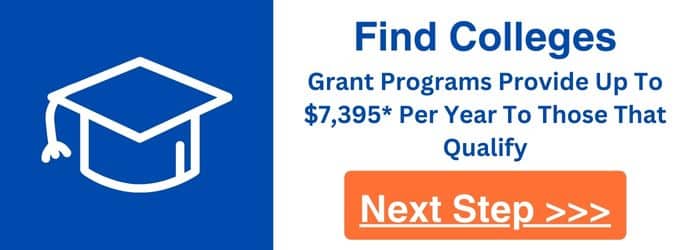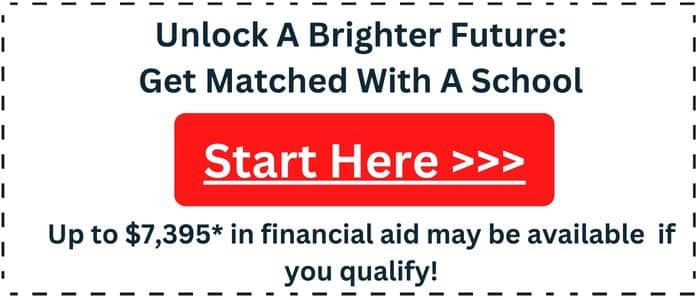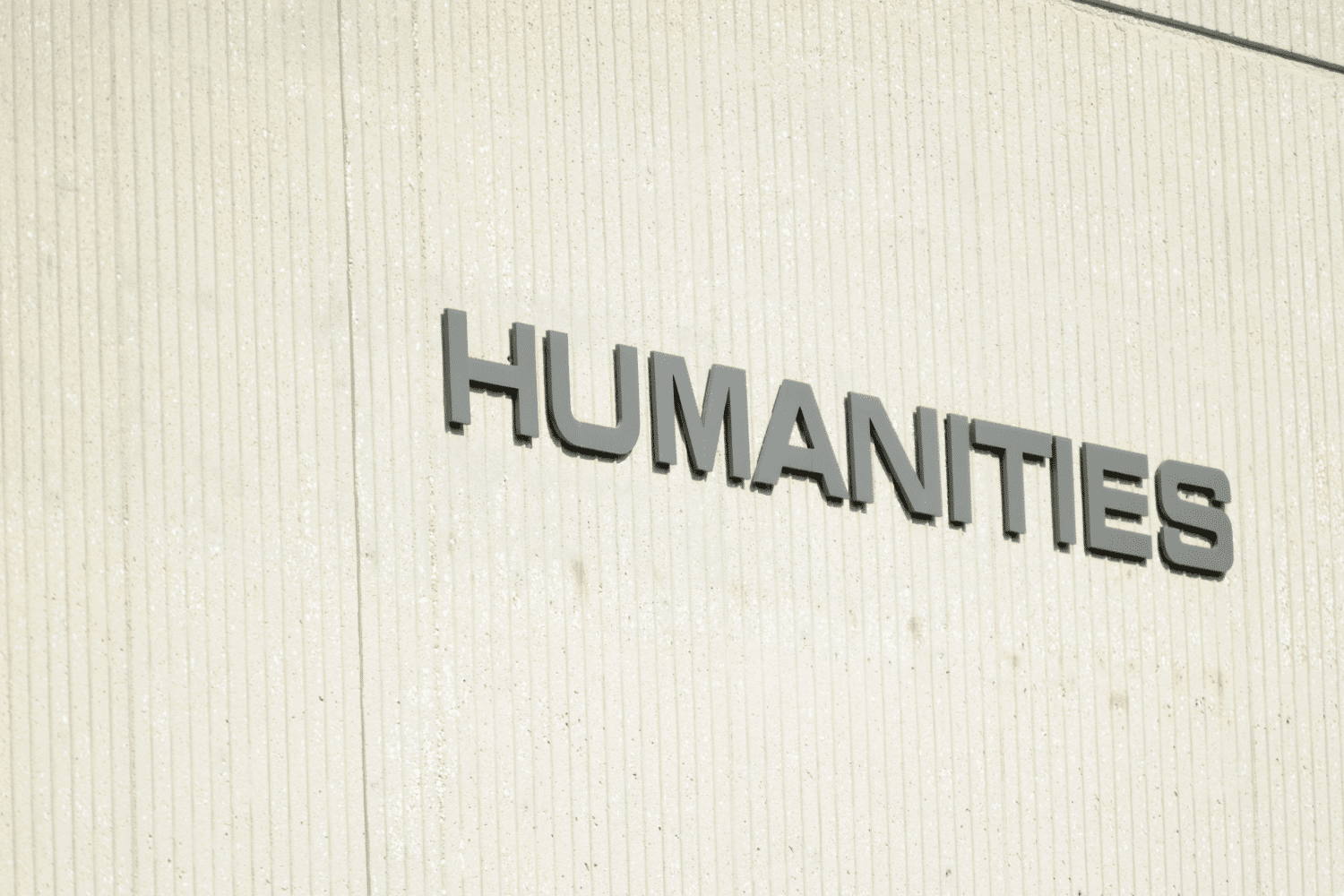Special Reports: Higher Education Trends & Statistics
Please note: some of these reports are in PDF format (.pdf) and require Adobe Acrobat Reader for viewing, which is free to download. Most Internet browsers have Acrobat already installed.
Returning to Learning.
Adult students are becoming the new majority on college campuses, but many struggle with language barriers or may not be academically prepared for college curriculum. This 2007 report from the Lumina Foundation shows how adult student success in college is key to America’s future.
Degrees of Opportunity.
2006 report details the reasons millions of adults ages 25-60 are going back to college as well as the obstacles faced.
Making the Grade: Online Education in the United States, 2006.
Report by the Sloan Foundation on the state of online education. Examines responses from more than 2,200 colleges and universities on important issues.
Trends in College Pricing (2005).
The College Board’s Annual Survey of Colleges provides information on tuition and other expenses associated with attending public and private insitutions in the United States.
Bureau of Labor Statistic 2000-2010 Employment Projections.
Bureau of Labor Statistics projections on expected future job growth by industry and occupation.
Textbooks 101.
Report on the rising costs of college textbooks by CALPIRG.
Low Income Adult College Students.
This special report from the American Council on Education and the Lumina Foundation presents key information on low-income adult college students in the United States. Included are background characteristics, academic profiles, and special challenges faced by low-income adult students, contrasting their situations with those of traditional students and other adults.
The Big Payoff.
This special study illustrates the value of a college degree. See also The Value of a College Degree as well as Education Pays 2004, and the 2005 Update.
The Burden of Student Loan Borrowing.
As college costs continue rising, students are increasingly carrying high levels of debt to finance their education. See Debts and Decisions: Student Loans and Their Relationship to Graduate School and Career Choice for an analysis on how student loan debt impacts post-baccalaureate educational and career choices.
Lifelong lessons (Winter 2005).
Special report from the Lumina Foundation. Nontraditional students are becoming the norm as adults seek postsecondary education in growing numbers.
Special Analysis 2002: Nontraditional Undergraduates.
According to the U.S. Department of Education, there are more older students on campus. 39 percent of all college students were 25 years or older in 1999, compared with 28 percent in 1970.
Life After Forty: A New Portrait of Today’s – and Tomorrow’s – Postsecondary Students.
This report paints a new portrait of this changing student population.
Trends in Student Aid (2005).
Annual data from the College Board on aid distributed to students to help pay for the cost of higher education.
Learning in the Fast Lane: Adult Learners’ Persistence and Success in Accelerated College Programs.
Presented by the Lumina Foundation. A comparison of the success rates of adult students in accelerated and traditional college programs.
| The current economic downturn is funneling hundreds of thousands of over 25 Americans into postsecondary education, and that trend is sure to intensify as the global, knowledge-based economy demands workers with ever higher levels of education and training. – Lumina Foundation Focus, Fall 2009. |
Framing New Terrain: Older Adults and Higher Education.
2007 report from the American Council on Education (ACE) and the Metlife Foundation shows increasing numbers of older adults going back to college, seeking new careers or starting new businesses, and fulfilling lifelong dreams.
Returning to Learning.
Adult students are becoming the new majority on college campuses, but many struggle with language barriers or may not be academically prepared for college curriculum. This 2007 report from the Lumina Foundation shows how adult student success in college is key to America’s future.
Degrees of Opportunity.
2006 report details the reasons millions of adults ages 25-60 are going back to college as well as the obstacles faced.
College Access for the Working Poor: Overcoming Burdens to Succeed in Higher Edcuation.
Special report from from the Institute for Higher Education Policy regarding the challenges of the working poor in financing a college education.
Making the Grade: Online Education in the United States, 2006.
Report by the Sloan Foundation on the state of online education. Examines responses from more than 2,200 colleges and universities on important issues.
Life After Forty: A New Portrait of Today’s – and Tomorrow’s – Postsecondary Students.
This report paints a new portrait of this changing student population.
Trends in College Pricing (2005).
The College Board’s Annual Survey of Colleges provides information on tuition and other expenses associated with attending public and private insitutions in the United States.
Bureau of Labor Statistic 2000-2010 Employment Projections.
Bureau of Labor Statistics projections on expected future job growth by industry and occupation.
Textbooks 101.
Report on the rising costs of college textbooks by CALPIRG.
Low Income Adult College Students.
This special report from the American Council on Education and the Lumina Foundation presents key information on low-income adult college students in the United States. Included are background characteristics, academic profiles, and special challenges faced by low-income adult students, contrasting their situations with those of traditional students and other adults.
The Big Payoff.
This special study illustrates the value of a college degree. See also The Value of a College Degree as well as Education Pays 2004, and the 2005 Update.
The Burden of Student Loan Borrowing.
As college costs continue rising, students are increasingly carrying high levels of debt to finance their education. See Debts and Decisions: Student Loans and Their Relationship to Graduate School and Career Choice for an analysis on how student loan debt impacts post-baccalaureate educational and career choices.
Lifelong lessons (Winter 2005).
Special report from the Lumina Foundation. Nontraditional students are becoming the norm as adults seek postsecondary education in growing numbers.
Learning in the Fast Lane: Adult Learners’ Persistence and Success in Accelerated College Programs.
Presented by the Lumina Foundation. A comparison of the success rates of adult students in accelerated and traditional college programs.
Framing New Terrain: Older Adults and Higher Education.
2007 report from the American Council on Education (ACE) and the Metlife Foundation shows increasing numbers of older adults going back to college, seeking new careers or starting new businesses, and fulfilling lifelong dreams.
Returning to Learning.
Adult students are becoming the new majority on college campuses, but many struggle with language barriers or may not be academically prepared for college curriculum. This 2007 report from the Lumina Foundation shows how adult student success in college is key to America’s future.
College Access for the Working Poor: Overcoming Burdens to Succeed in Higher Education.
Special report from from the Institute for Higher Education Policy regarding the challenges of the working poor in financing a college education.
Making the Grade: Online Education in the United States, 2006.
Report by the Sloan Foundation on the state of online education. Examines responses from more than 2,200 colleges and universities on important issues.
Life After Forty: A New Portrait of Today’s – and Tomorrow’s – Postsecondary Students.
This report paints a new portrait of this changing student population.
Trends in College Pricing (2013).
The College Board’s Annual Survey of Colleges provides information on tuition and other expenses associated with attending public and private insitutions in the United States.
Textbooks for the 21st Century.
A guide to free and low cost textbooks.
College Affordability for Low Income Adults.
Improving returns on investment for families and society. From the Lumina Foundation.
The Big Payoff.
This special study illustrates the value of a college degree. See also Education Pays 2013.
The Burden of Student Loan Borrowing.
As college costs continue rising, students are increasingly carrying high levels of debt to finance their education. See Debts and Decisions: Student Loans and Their Relationship to Graduate School and Career Choice for an analysis on how student loan debt impacts post-baccalaureate educational and career choices.
Learning in the Fast Lane: Adult Learners’ Persistence and Success in Accelerated College Programs.
Presented by the Lumina Foundation. A comparison of the success rates of adult students in accelerated and traditional college programs.
Trends in Student Aid (2013).
Annual data from the College Board on aid distributed to students to help pay for the cost of higher
The “Old” New Resource for Education: Student Age.
Studies the proposition that older students show higher academic achievement than younger students, with GPA as the criteria.
College Quality and the Earnings of Recent College Graduates.
Examines factors such as selectivity and other institutional characteristics, and the earnings of recent college graduates 5 years after graduation.
Debt Burden Four Years After College.
Report examines the debt of 1992-93 bachelor’s degree recipients in light of their financial circumstances in 1997, approximately 4 years after they earned their degree.
Students with Disabilities in Postsecondary Education: A Profile of Preparation, Participation, and Outcomes.
Addresses how well students with disabilities persist to degree attainment as well as the likely labor market outcomes and graduate school enrollment rates of students with disabilities.
Choosing a Postsecondary Institution.
Examines the factors that students enrolling in postsecondary education for the first time in 1995-96 considered in choosing their institution.













